Ever since the early days of my interest in Japan, Miyamoto Musashi (c. 1584-1645) has been a bit of a hero mine. Musashi was a samurai of the early Edo period (1603-1868), and became a sword fighting legend. During his time it was not uncommon for samurai to go on warrior pilgrimages called musha shugyo, traveling, training, and dueling. Musashi spent much of his life this way, wandering as a ronin (masterless samurai). By his own account he won 60 duels in his lifetime, without ever losing. In his old age he settled down a bit, eventually secluding himself in a cave in Kyushu in 1643. Here he wrote the "Book of Five Rings" (Gorin no sho), a book on strategy which is still read by many today. Two years later he died there. For years I've wanted to visit the cave where Musashi wrote his final work. Last summer I finally made my own musha shugyo there. The cave, called Reigando, ended up holding a few surprises for me.
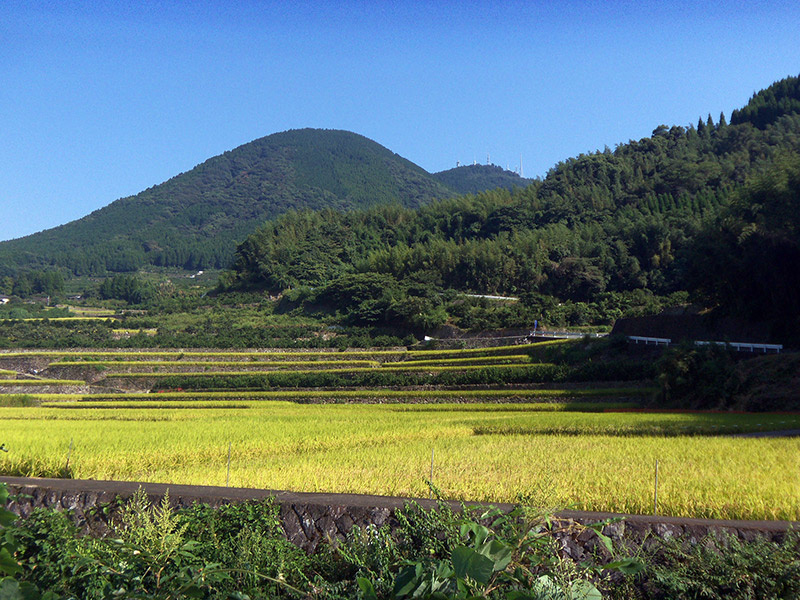
Reigando, which means "spirit cave," lies in the side of a small mountain in an area called Iwadokannon, just outside of Kumamoto. A short bus ride through some scenic mountains will get you to Iwadokannon. Just across the street from the bus stop is the beginning of a path up the opposite side of the small mountain where Reigando lies. It's only a short walk up and at the top you'll be greeted by Musashi himself.
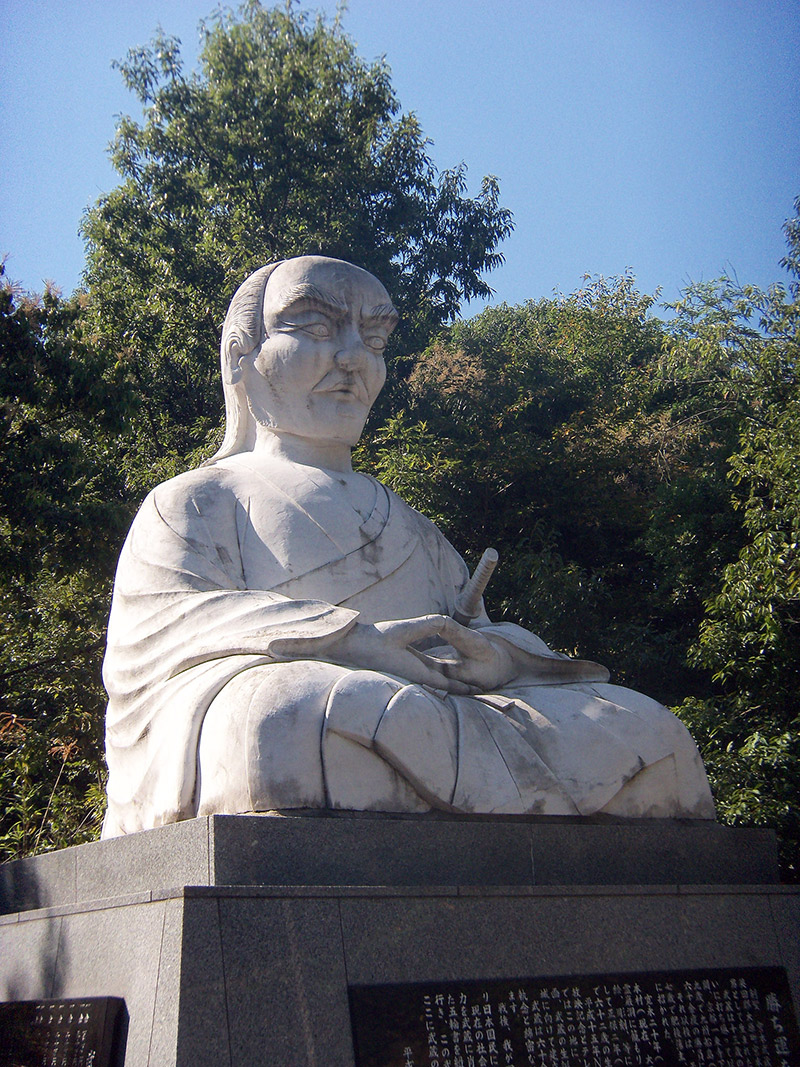
There are a couple of paths from here. A short one leads to a good view of the surrounding countryside. The other goes down the other side of the mountain to Reigando. Long before Musashi's time, Reigando was already a special place, and the site of Reiganzen-ji, a temple of the Soto Zen sect.
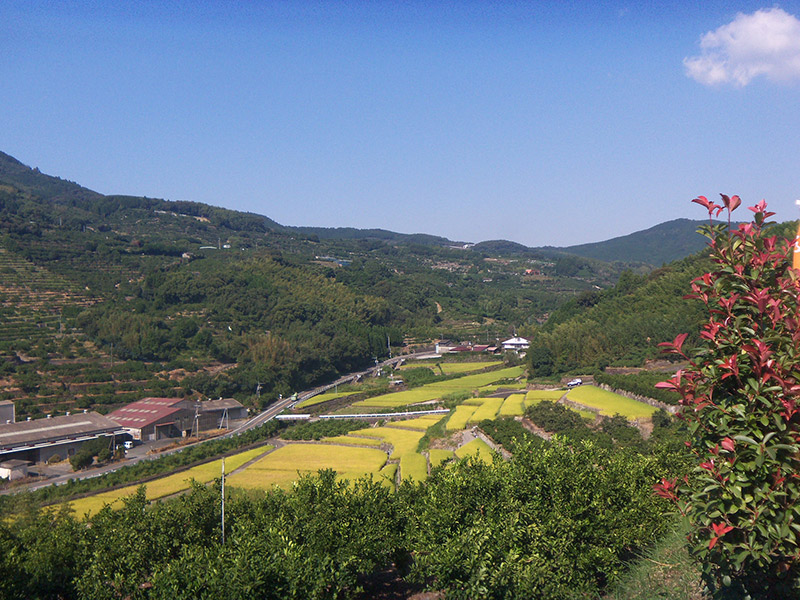
According to legend, the area was once the swampland home of a dragon. The Chinese monk, Torin Eiyo (1285-1365) wanted to build a temple on the site. One night, in a dream, he heard a voice tell him, "I am the lord of the swamp. I will grant your wish. I will go away. As proof I'll leave a conch and a dragon scale." You can see both of those treasures on display at the temple. Although the "dragon scale" looks a lot like a seashell.
In front of the temple there's also a stone lantern with flowing spring water where you can refresh yourself. The center of worship in the temple is a statue of Kannon, bodhisattva of mercy. It's thought that the statue was made by a priest called Gyouki (698-749). It's said that during a pilgrimage he discovered something strange in the nearby town of Uto: a log bridge that shot out light at night. Gyouki carved the statue out of wood from the bridge. My sources are a bit vague, but they seem to imply that the Kannon was actually at Reigando well before the temple itself was built. There is a story of an old woman named Higaki, who lived during the Heian period (794-1185). She drew water to offer to the idol daily. This story was later adapted into a Noh play by Zeami (c. 1363-c. 1443), somewhat unsurprisingly, titled "Higaki." The play gained some notoriety for Iwadokannon across Japan.
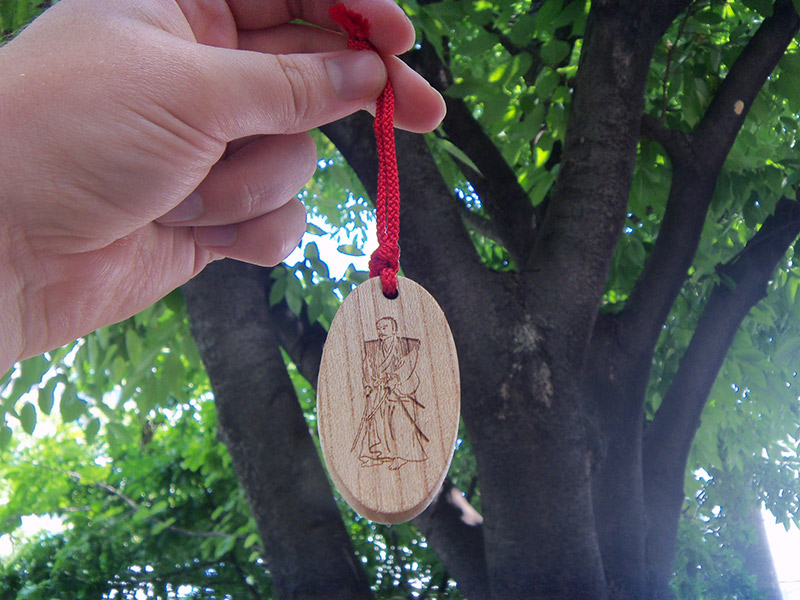
Around the spring and temple, is the ticket booth, where pilgrims (or anyone for that matter) can purchase amulets, copies of the Book of Five Rings, or a few other trinkets. There is also a small display of various artifacts and information related to the site.
I don't think Reigando ever gets over crowded with tourists. There were a few other sightseers when I went, but probably less than ten. If you start to get lonely, don't worry. Past the ticket gate you'll soon be greeted by many friendly faces.
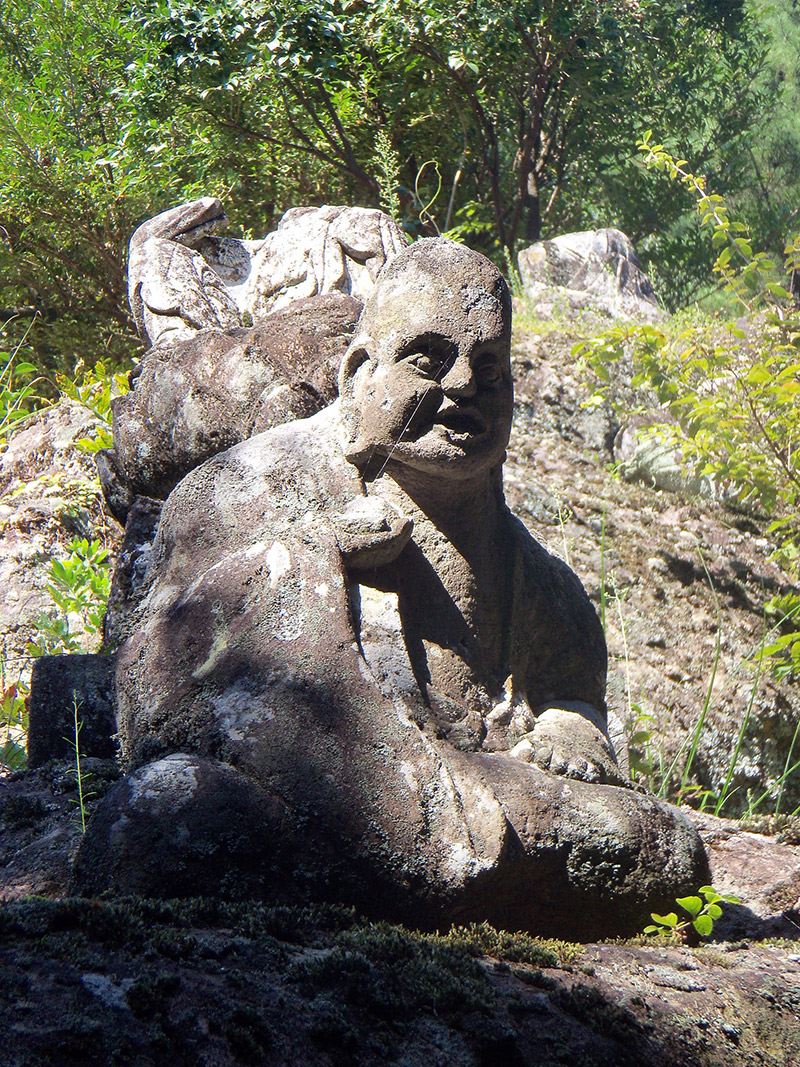
These are the Five-Hundred Arhats (gohyaku rakan). The various Buddhist traditions of the world see arhats a little differently. But in Japanese Buddhism they are basically people who are far along the path to enlightenment, but not as far as a buddha or even a bodhisattva. Some seem to be more okay with their position than others.
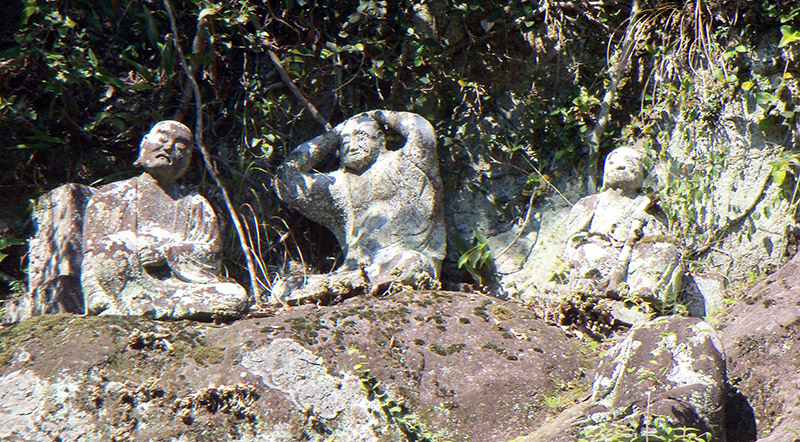
I didn't actually count them all, but there's more than you could shake a cat at. Not that you'd want to do that. I think cat shaking would probably run a bit counter to the Buddhist spirit of the place and land you some bad karma.
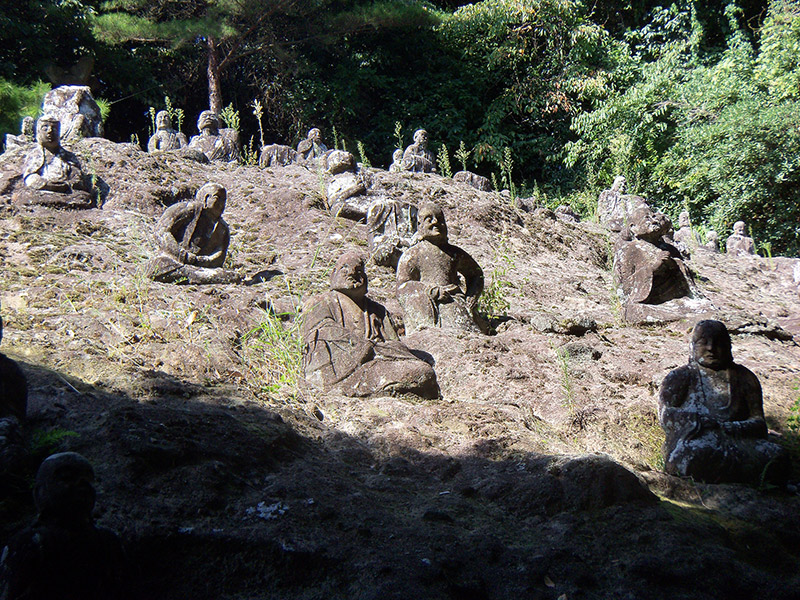
The arhats were carved well after Musashi's time (though still in the Edo period). In 1779 they were commissioned by a merchant of Kumamoto named Fujitaya Yoshihira, and they took 24 years to complete. I haven't found any further any information about him or what his motivation may have been beyond, presumably, accruing some good karma.

Each of them is about half a meter tall. Though it's hard to keep ahead in life, contending with time and earthquakes.

Moving past the arhats, you finally come to Reigando cave itself. It's not that big, but certainly big enough for one hardcore hermit to live out his final days and write his life's work. Honestly, it's probably not that impressive to the average person, but for me it meant a lot to stand there.
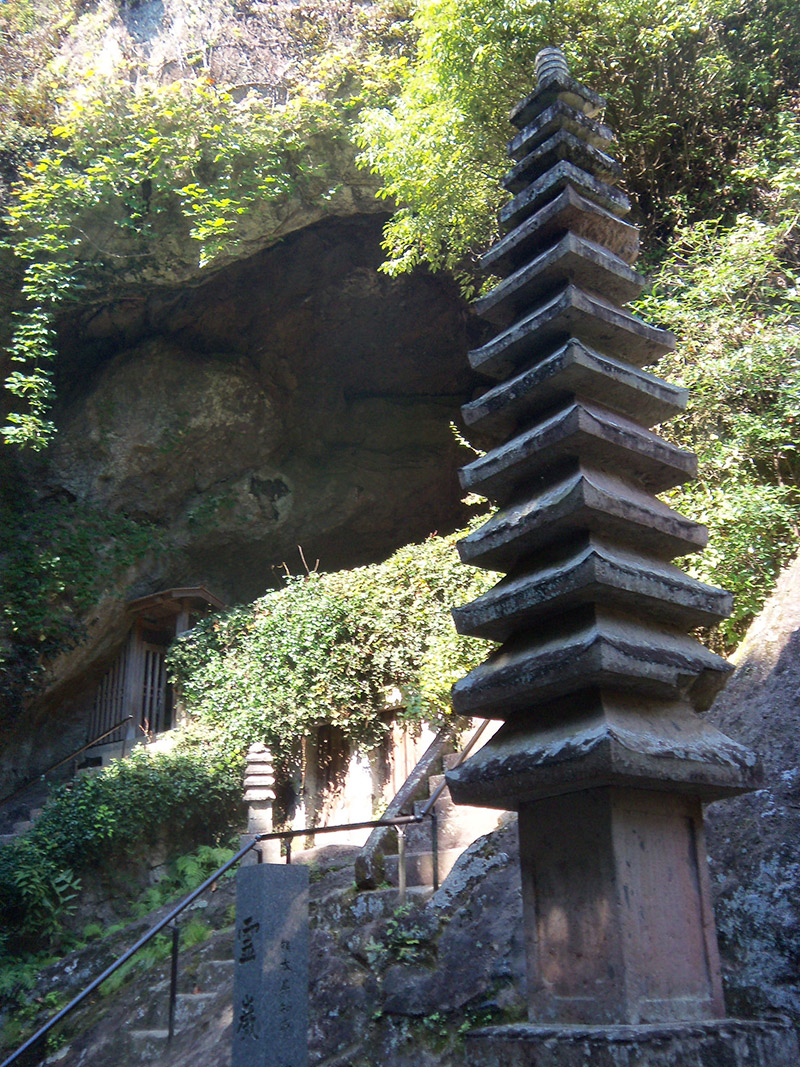


There's not much else to see. You can go back down the way you came. You may have to wait a bit for the next bus, but if you're lucky you'll have some company.

Reigando Cave
Additional Information
589 Matsuomachi Hirayama
Kumamoto, Kumamoto Prefecture 861-5283
Japan
096-329-8854
096-329-8960
